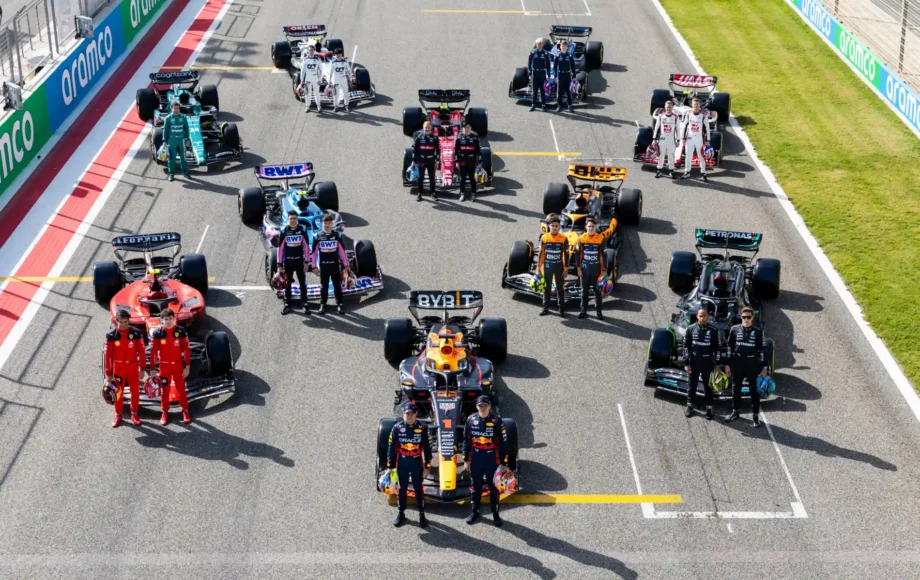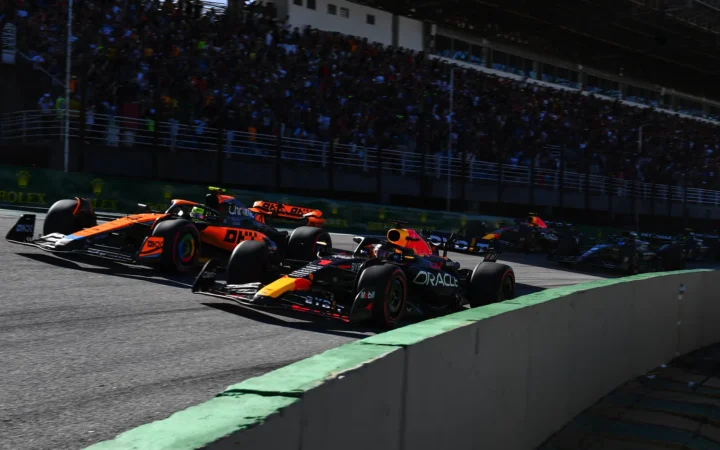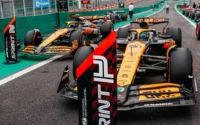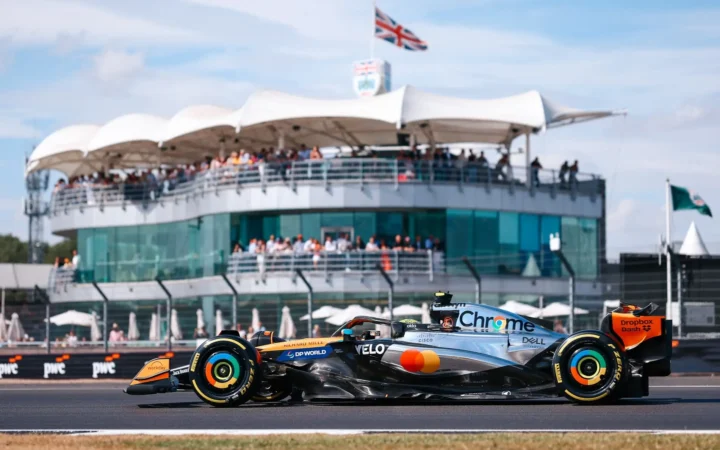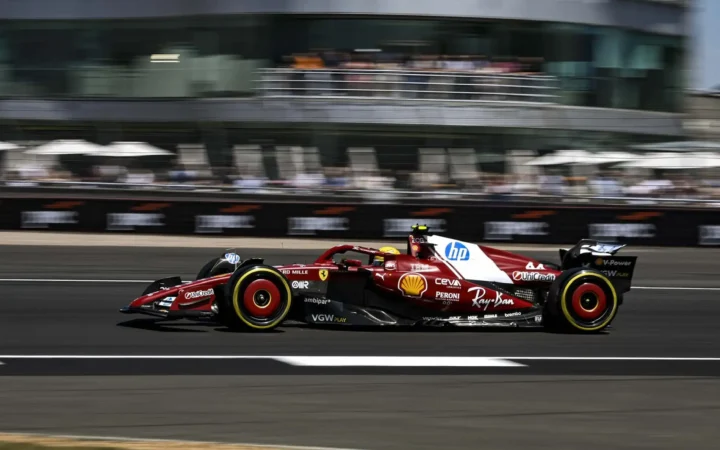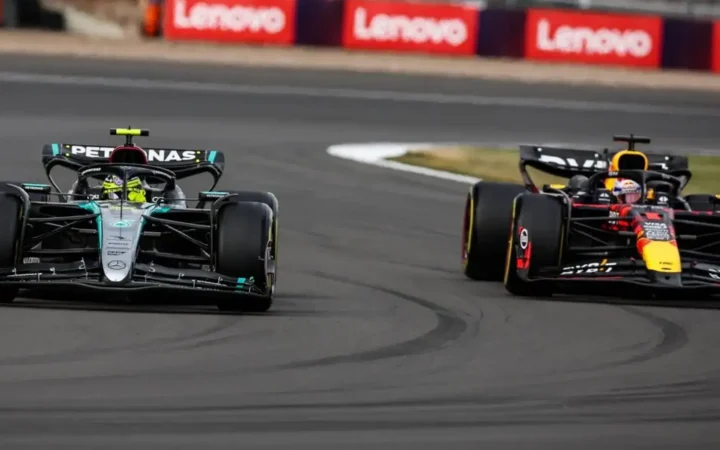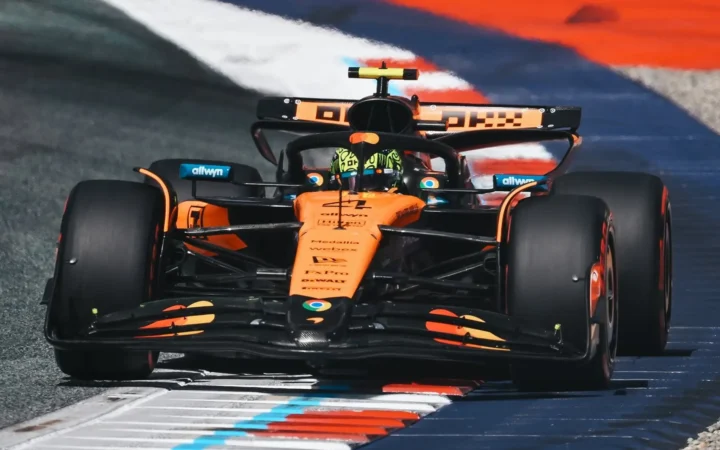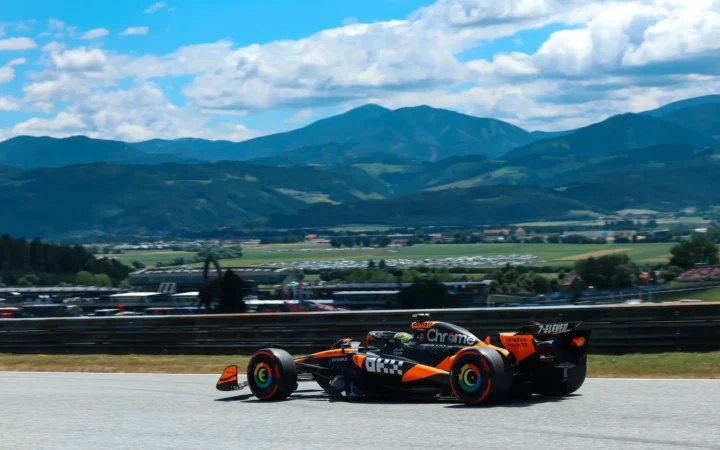The 2024 Formula 1 season stands out for its rules stability relative to 2023, potentially narrowing the competitive field. Nevertheless, a handful of adjustments have made it into pre-season.
What to know
- Teams can appeal stewards decisions, however, this timeframe has been significantly reduced.
- The limits on fines that stewards levy have increased to a maximum of €1,000,000.
- Roll hoops are now subject to a more rigorous load test, significantly increasing their robustness.
In this guide, we’ll look at the eight changes affecting F1 drivers and teams during the 2024 season.
1. Review time periods
A common source of contention arises when a team wishes to challenge a decision or incident from a previous race. The FIA’s International Sporting Code offers a solution through the ‘Right of Review.’
This process allows teams to request reconsideration of past decisions, provided they can present new, significant, and relevant evidence that was not available when the original decision was made.
Previously, teams had 14 days to file such an appeal after a decision was announced. However, this timeframe has been significantly reduced, requiring teams to submit their appeal within just four days, or 96 hours. In certain exceptional cases, extending this deadline by an additional 24 hours is possible.
In a departure from previous practices, teams are now required to pay a deposit, the amount of which will be determined each year by the governing body. This deposit will be refunded only if the team’s appeal is successful or if the FIA deems it fair to return the deposit in cases where the appeal is unsuccessful.
Furthermore, teams are obliged to clearly identify and outline the elements they consider significant, relevant, and new before any hearing takes place. This is a shift from the past approach where teams could introduce and argue these points for the first time during the hearing itself.
2. Increase in potential fines
F1 Teams now have to contend with shorter time frames for submitting appeals and the prospect of facing heftier fines for any rule infractions, affecting both the teams and their drivers.
Previously, the highest fine that stewards could levy under the International Sporting Code was €250,000. However, this limit has been significantly increased this year to €1 million, a fourfold rise.
This escalation extends to other penalty categories as well, with the FIA noting that these figures had not been updated for over a decade. As a result, Formula 1 drivers and teams are now exposed to potentially more substantial financial penalties.
3. Tighter power unit usage rules
In the 2023 season, Formula 1 teams were permitted to use up to four units of several power unit components – the internal combustion engine (ICE), motor generator unit – heat (MGU-H), motor generator unit – kinetic (MGU-K), and turbocharger (TC) – before incurring a grid penalty. This temporary increase in the limit was attributed to the season’s duration and allowed teams to focus on enhancing the reliability of their power units. However, this change was specific to 2023.
For the 2024 season, the rules have reverted to the previous standard, limiting each driver to three units of the ICE, MGU-H, MGU-K, and TC throughout the season. Meanwhile, the allocation for the remaining components, namely the control electronics (CE) and the energy store (ES), continues to be capped at two units per driver for the entire season.
READ MORE: F1 Engine and Gearbox Penalties: What You Need to Know
4. Bigger promotional events
During this time of the year, it’s common to see Formula 1 teams conducting shakedown events before the pre-season tests in Bahrain. These activities are permissible under the rules that allow teams to operate their current cars during two promotional events. Such events are typically organised for filming purposes in partnership with sponsors and also to verify the proper functioning of the cars.
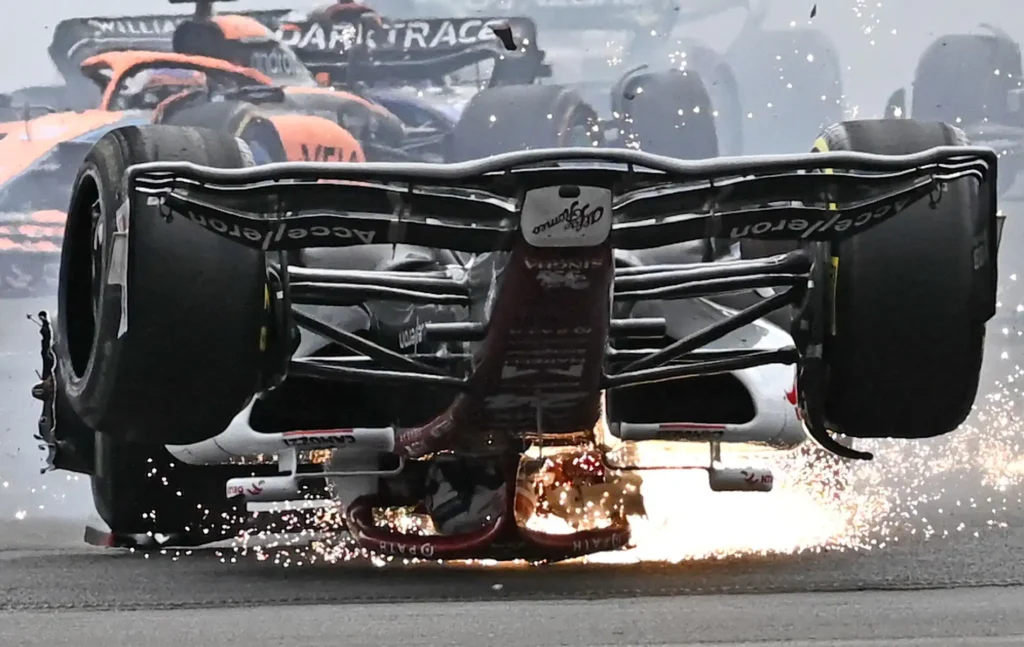
Previously, the rules restricted the total distance covered in these events to 100km, equivalent to about 20 laps on a 5km circuit. However, starting from 2024, teams are now allowed to cover up to 200km during each promotional event, though limited to one such event per day.
This increase to 200km provides teams with a more substantial opportunity to thoroughly test and fine-tune their cars before the season begins, while also offering more extensive filming and promotional opportunities.
5. Changes to testing old cars
Under Formula 1’s testing program, teams are permitted to use cars that are at least two years old. This often creates opportunities for younger drivers to gain experience. Due to significant regulatory changes, the 2021 car was exceptionally included in the 2022 testing program, as it offered minimal relevant data that could be applied to the current models.
Moving forward, with the 2022 car now eligible for the Testing of Previous Car (TPC) program, a new rule stipulates that all components used in these older cars must have been previously operated in an official testing session or a race weekend. This requirement is designed to prevent teams from using the TPC runs to experiment with new components that might later be adapted for use in their current race cars.
6. Increased CapEx limits
The implementation of the cost cap in Formula 1 has effectively narrowed the performance gap between leading and trailing teams, evidenced by all ten teams securing multiple Q3 appearances last season.
To balance the impact of the cost cap and prevent top teams from maintaining an entrenched advantage, there has been an adjustment in the spending limits over a four-year period for Capital Expenditure (CapEx). This change is aimed at facilitating facility upgrades and technological advancements.
Specifically, the previous four-year CapEx limit of million has been raised to million for the teams that have, on average, finished in the bottom four of the standings since 2020. This includes teams like Haas, Alfa Romeo, AlphaTauri (RB), and Williams, allowing them increased financial leeway to enhance their competitiveness.
For the three teams consistently ranking in the middle of the Formula 1 standings – McLaren, Aston Martin, and Alpine – the revised Capital Expenditure (CapEx) limit has been set to $58 million. In contrast, the leading teams of the grid, Red Bull, Mercedes, and Ferrari, have a CapEx limit of $51 million over the same four-year span.
This tiered financial structure is designed to enhance efficiency under the cost cap. It aims to enable teams, regardless of their ranking, to develop superior cars more cost-effectively each year, thereby fostering a more competitive and balanced field in future seasons.
7. Even more strict roll hoop requirements
Building on the previous year’s modifications to the design and minimum height requirements for roll hoops, this year introduces an additional enhancement.
Roll hoops are now subject to a more rigorous load test, significantly increasing their robustness. This change is a direct response to ensure improved safety in scenarios similar to the accident encountered by Zhou Guanyu at Silverstone, aiming to bolster the car’s structural integrity in such events.
8. Plan for wheel displays dropped
Since the 2022 regulation changes, Formula 1 cars have been equipped with wheel covers that influence aerodynamics and present potential for information display. Initially, there was a plan to incorporate rotating displays within these wheel covers for the current year.
This addition would have also affected the car’s overall weight limit. However, although these details were initially part of the regulations, they were withdrawn last year. As a result, this feature will not be implemented in 2024. Nonetheless, this concept remains open for consideration in future seasons, indicating a possibility of revisiting this innovative idea.
Sprint format
The future of the Sprint format for the 2024 Formula 1 season remains undecided. At the F1 Commission meeting in November 2023, there was broad consensus on updating the Sprint format to better streamline the weekend schedule by distinctly separating Sprint activities from the main Grand Prix events.
The Sporting Advisory Committee is tasked with fine-tuning the specifics, focusing on aspects such as timing and parc ferme regulations. Their finalised proposal is slated for presentation at the first F1 Commission meeting of 2024.
After this meeting, any prospective modifications to the Sprint format will be formally announced.

